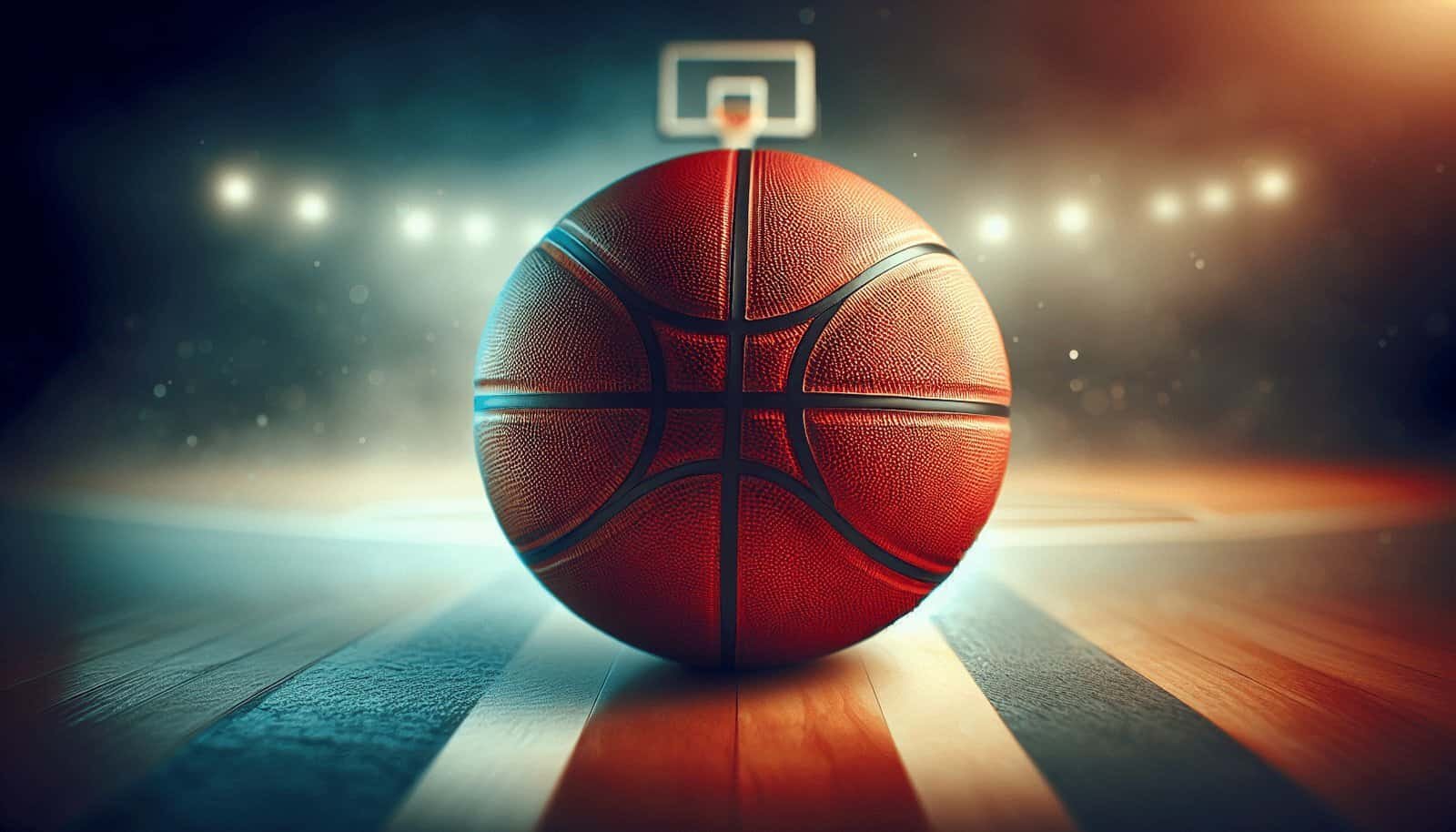Have you ever wondered what makes a good youth basketball? As parents, coaches, or mentors, choosing the right basketball for a young player can make a big difference in their development and enjoyment of the game. The world of sports equipment can feel overwhelming with its myriad of choices and options, but understanding the key factors can simplify your decision.
When selecting a youth basketball, there’s more to consider than just the appearance of the ball. Each factor plays a part in how the ball performs and how it contributes to the player’s experience. This article will guide you through the essential factors to think about while ensuring you have a clear direction in your purchasing decision, making it one smooth three-pointer shot!
Understanding the Importance of Size
When it comes to basketballs, size is not just about numbers; it’s about fitting the basketball to the player’s age and level of play. A suitably sized ball helps with proper handling, shooting form, and dribbling skills.
Standard Basketball Sizes
Basketballs come in various sizes, and knowing the standard sizes helps you choose the right one for youth players. Typically, youth players use size 5 basketballs, which have a circumference of about 27.5 inches. It’s designed for younger hands, enabling better control and comfort.
Age Appropriateness
Different ages mean different needs. A size 5 basketball is generally recommended for players aged 9 to 11, whereas players aged 12 to 14 might need a size 6. For those under 9, a size 4 might be more suitable. When the basketball fits, it enhances learning, skills acquisition, and fun.
| Age Group | Recommended Size | Circumference (inches) |
|---|---|---|
| Under 9 | Size 4 | 25.5 |
| 9 – 11 | Size 5 | 27.5 |
| 12 – 14 | Size 6 | 28.5 |
Material and Construction: The Feel of the Game
The material and construction of a basketball determine its grip, durability, and performance. These elements directly impact how the basketball interacts with players.
Types of Materials
Basketballs are primarily made from rubber, composite leather, or genuine leather. Each has its advantages:
Rubber: Rubber balls are highly durable and affordable, making them perfect for beginners or outdoor use. However, they can lack the grip and feel of more advanced materials.
Composite Leather: Offers a balance between genuine leather and rubber. Composite leather basketballs provide excellent grip and are less affected by moisture. They are great for both indoor and outdoor play.
Genuine Leather: These are typically used in professional settings and have the best feel and grip once broken in. However, they are usually more expensive and suited for indoor play due to their delicate nature.
Durability and Performance
When looking for a durable basketball, consider where it will be primarily used. For rugged outdoor courts, rubber might be ideal. However, if the game is inside a gym, composite leather is an excellent choice for longevity and performance.
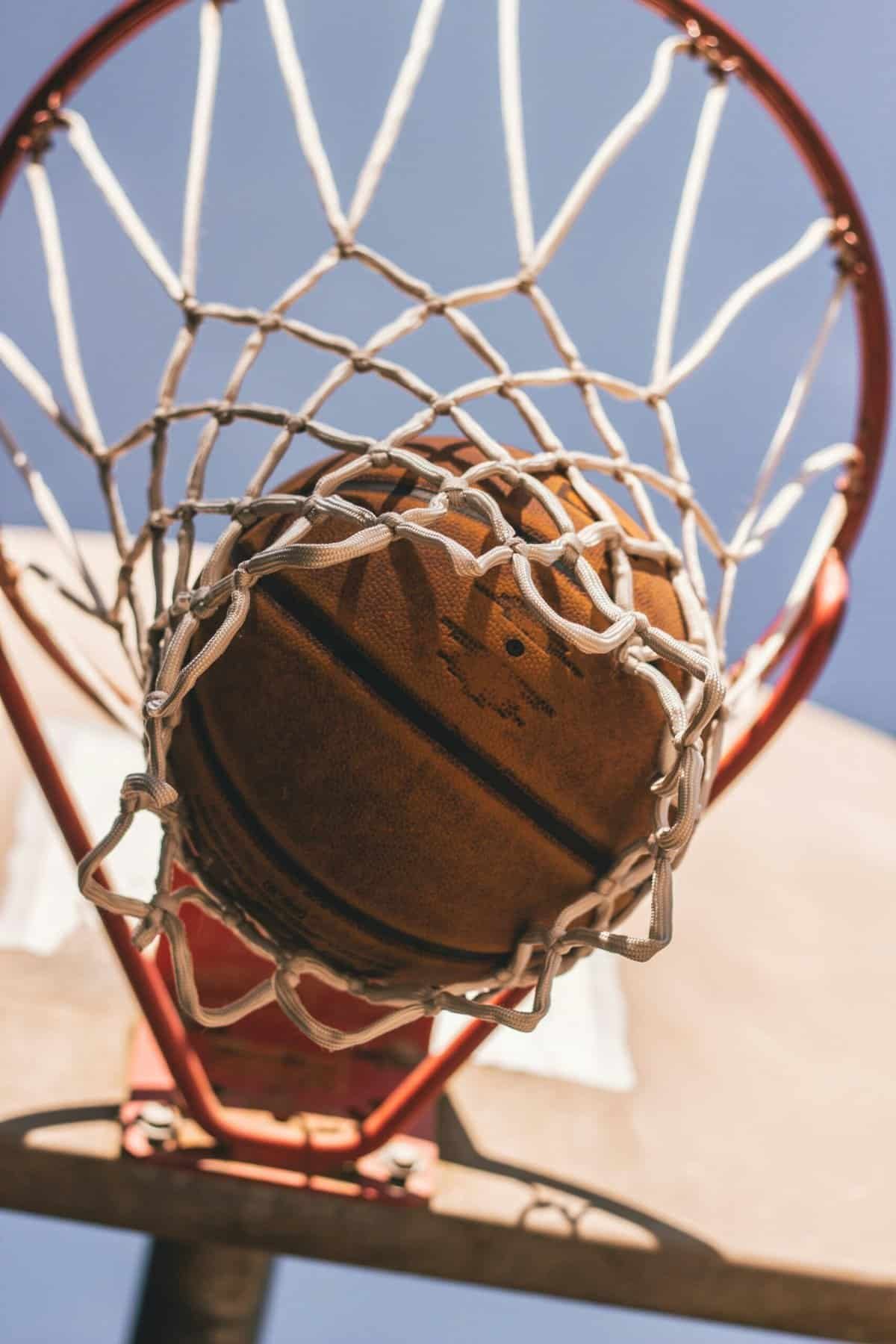
The Value of Proper Inflation
Basketball performance is heavily influenced by inflation. An improperly inflated ball can affect bounce, shot consistency, and overall control.
Recommended Pressure Levels
Basketballs typically require an inflation pressure of around 7 to 9 psi. It is important to follow the manufacturer’s instructions for inflation to ensure the ball maintains optimal performance. Correctly inflated balls ensure uniform bounce and control.
Impact on Play
A ball that’s too hard can hurt the player’s hands and is difficult to control, while an under-inflated ball won’t bounce properly. Regularly checking and adjusting the pressure can help maintain a consistent play experience.
Price vs. Quality: The Balancing Act
It’s crucial to weigh price against quality when purchasing a youth basketball to ensure value for money without sacrificing performance.
Setting a Budget
Basketball prices vary widely, often ranging from $10 to $100 or more. Deciding what you’re willing to spend upfront will narrow down the options and keep your focus on what’s important: the right combination of features within your price range.
Brand Considerations
Certain brands are well-known for their quality and reputation. NIKE, Spalding, and Wilson offer a range of basketballs tailored for youth players. While brand loyalty shouldn’t be the only deciding factor, reputable brands often back their products with guarantees or warranties, offering peace of mind.
| Brand | Price Range (Approx.) | Unique Features |
|---|---|---|
| NIKE | $20 – $60 | Stylish designs, durable |
| Spalding | $15 – $70 | NBA official ball maker |
| Wilson | $10 – $100 | Trusted performance |
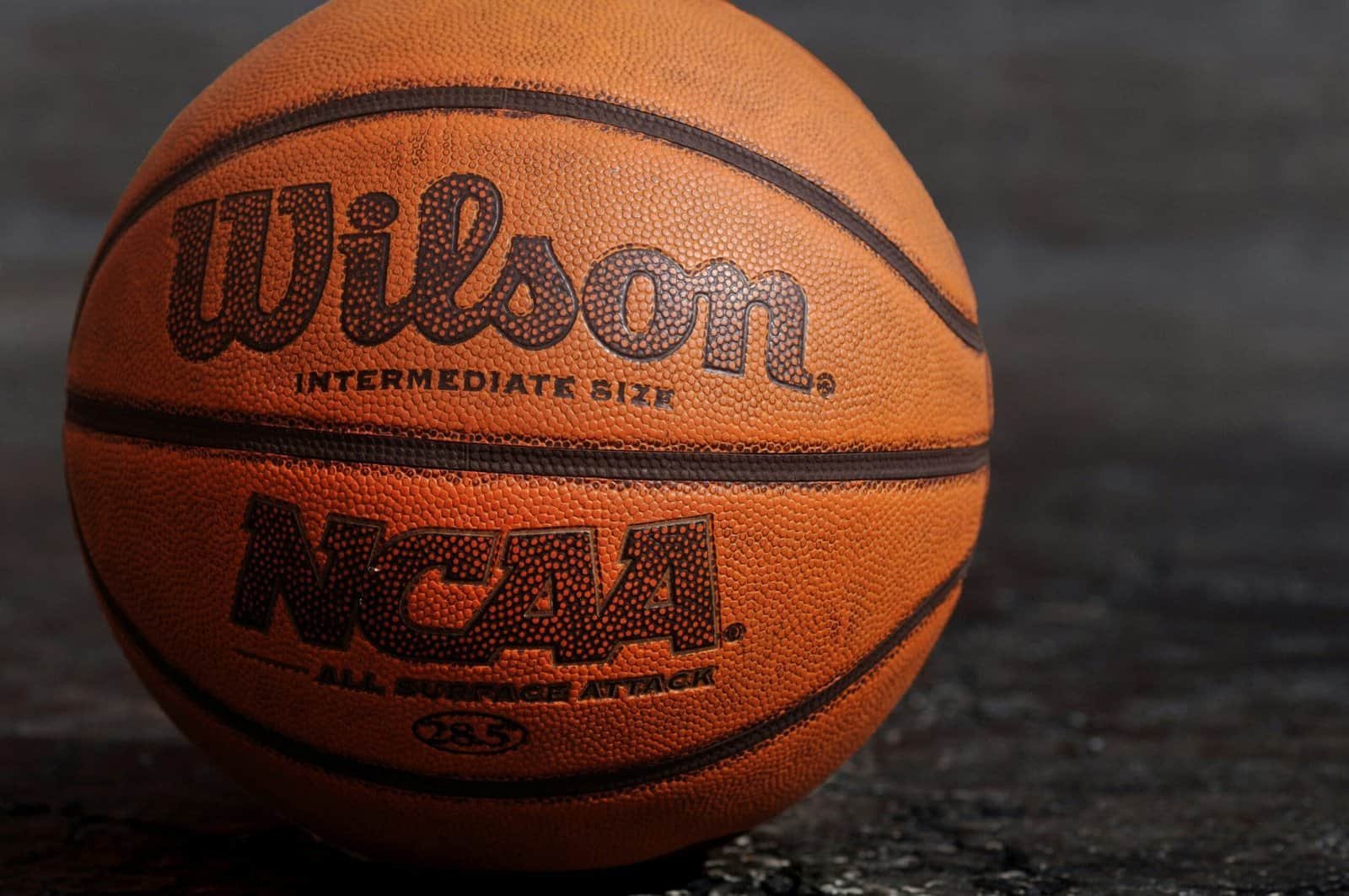
Tailoring to Playing Environment
The choice of basketball should also consider where most games are held, as different environments impact the longevity and performance of the ball.
Indoor vs. Outdoor Use
Indoor basketballs are crafted specifically for polished, wooden surfaces, providing optimal grip and bounce. Conversely, outdoor basketballs are designed to withstand hard and abrasive surfaces like asphalt or concrete.
Adaptability
Some basketballs are versatile and suitable for both indoor and outdoor play, but they may not perform as exceptionally in either environment as specialized balls. Understanding the primary playing area helps in picking the most suitable ball.
Considering the Level of Play
It’s essential to match the basketball to the player’s skill level to support their development without overwhelming them.
Beginner to Intermediate
For novices or those still honing their skills, a forgiving basketball that offers ample grip, at a reasonable cost, is ideal. Rubber or composite leather options fit perfectly here due to their robust nature and affordability.
Advanced Players
For more advanced, competitive youth players, a high-quality composite or genuine leather ball that mimics the feel of professional-grade basketballs helps in developing precision and control.
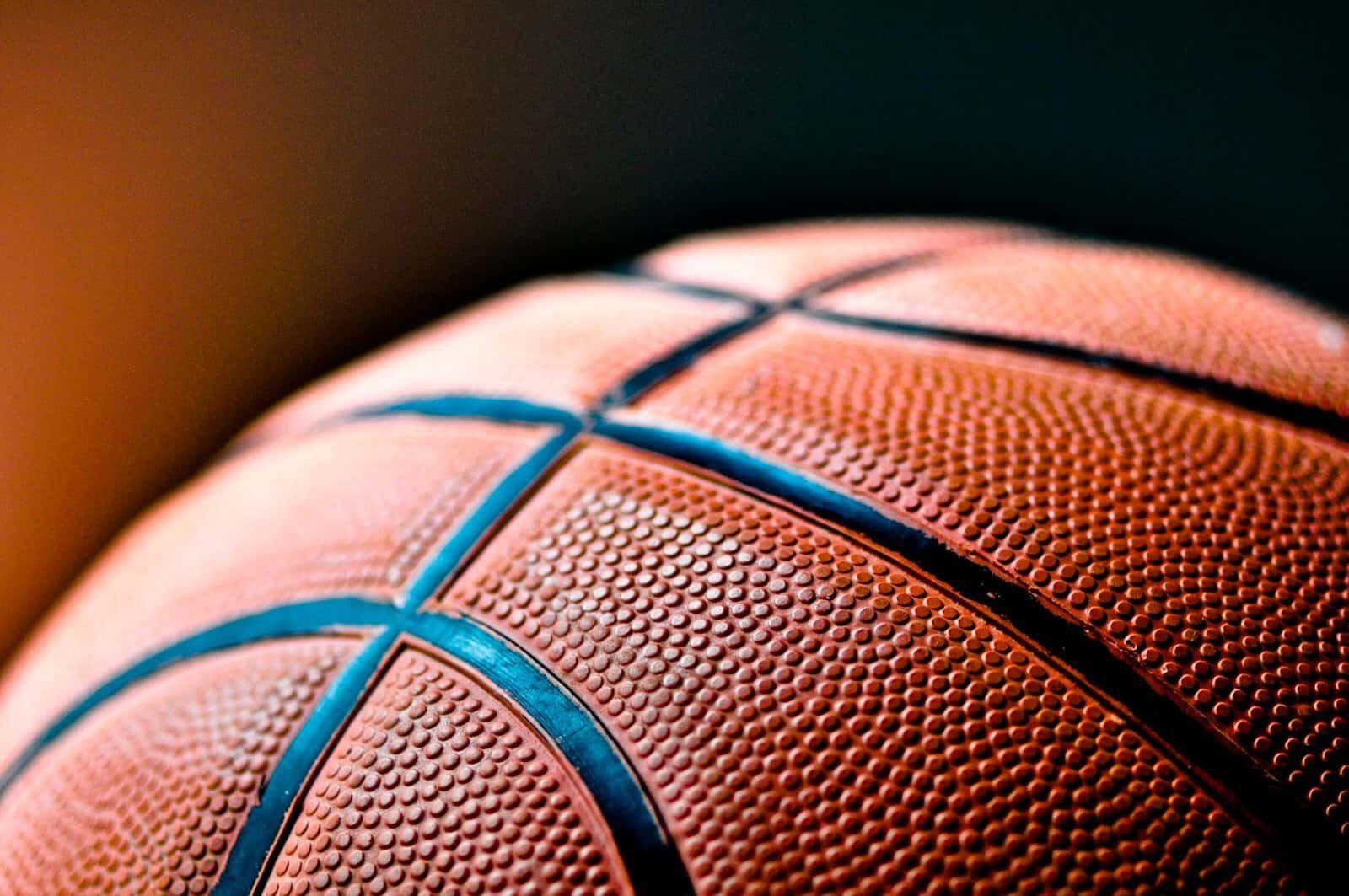
Aesthetic Appeal
While functionality and quality are paramount, aesthetics can also play a significant role in appealing to young players. A ball with the player’s favorite colors or a stylish design can motivate practice.
Customization and Design
Many brands offer customization options, allowing for personalized designs, colors, or even adding a player’s name or team logo. This personal touch enhances the ball’s sentimental value and can encourage enthusiasm for the game.
Influence of Design on Development
A ball that a young player likes aesthetically might boost confidence and inspire more playtime. The psychological impact of liking one’s equipment can often translate into better performance and enjoyment on the court.
Revisiting Maintenance and Care
Proper maintenance ensures that the basketball remains in good condition for a long time, providing consistent performance throughout its use.
Cleaning Techniques
Regular cleaning—gently wiping the ball’s surface with a damp cloth—can remove dust and grime, preserving grip and maximizing lifespan. Avoid submerging basketballs in water, as this can damage their materials.
Storage Tips
Basketballs should be stored in a cool, dry place away from direct sunlight to prevent damage from UV rays or humidity. Proper storage maintains shape and effectiveness over time.
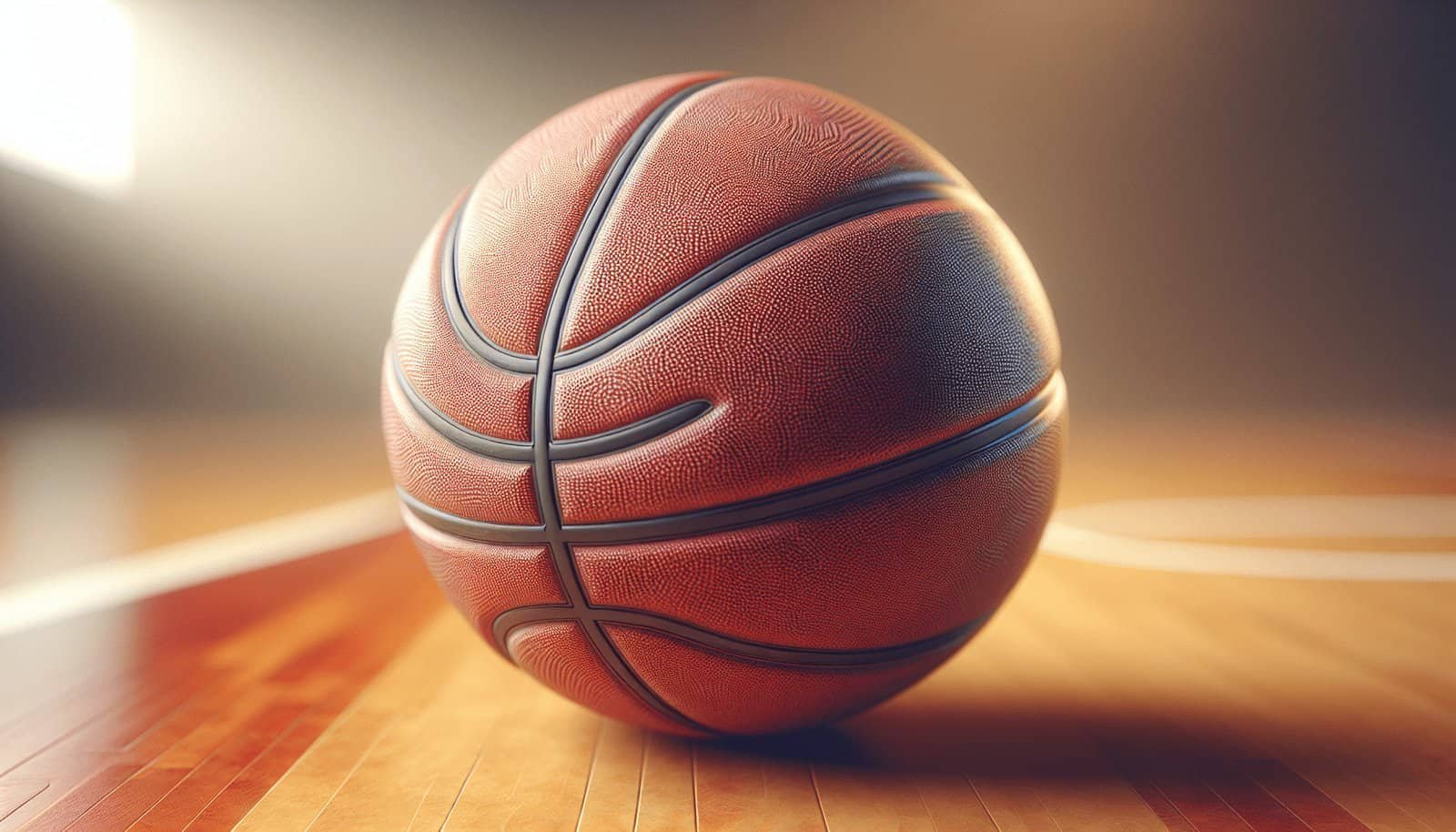
Importance of Brand Research and Reviews
Researching brands and reading reviews can give valuable insights into a basketball’s performance and durability, helping you make a well-informed choice.
Trusting Consumer Feedback
Previous buyers’ experiences often highlight key product pros and cons, offering a real-world perspective that can be more telling than just manufacturer descriptions.
Evaluating Long-Term Use
Understanding a basketball’s lasting performance through customer reviews can reveal potential long-term issues or confirm longevity and quality.
Final Thoughts
Selecting the best youth basketball involves more than choosing randomly or based solely on appearance. It requires a thoughtful assessment of key factors like size, material, inflation, price, and playing environment. Balancing these aspects ensures the basketball you choose enhances skill development and maximizes enjoyment.
Purchasing a youth basketball is an investment not only in equipment but in fostering a young player’s passion and love for the game. By considering all these factors, you help lay the groundwork for a lifelong appreciation of basketball. Embrace the process, and make your choice count, knowing it’s informed and aligned with your young player’s needs!
